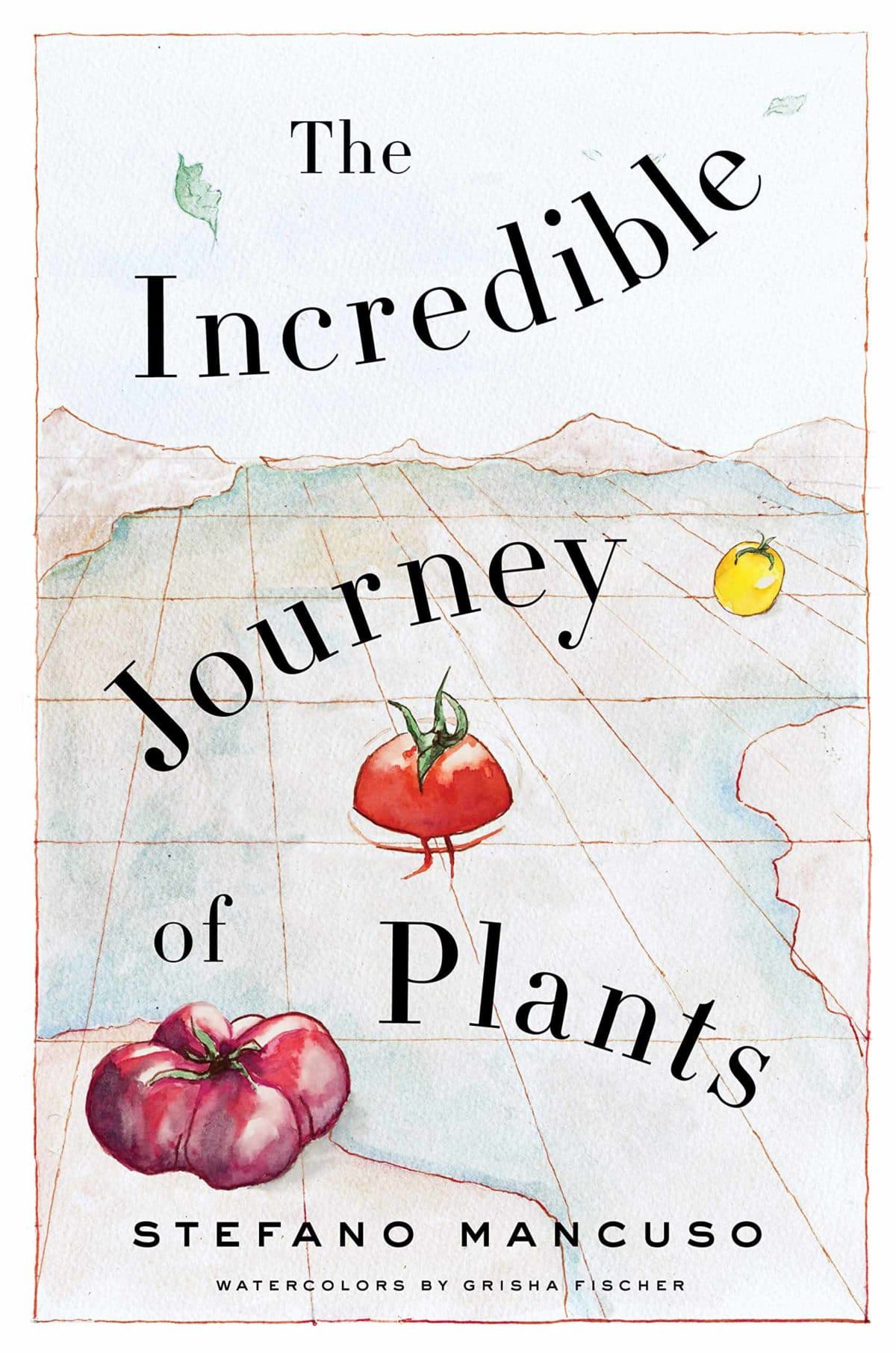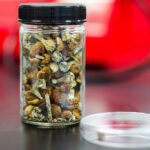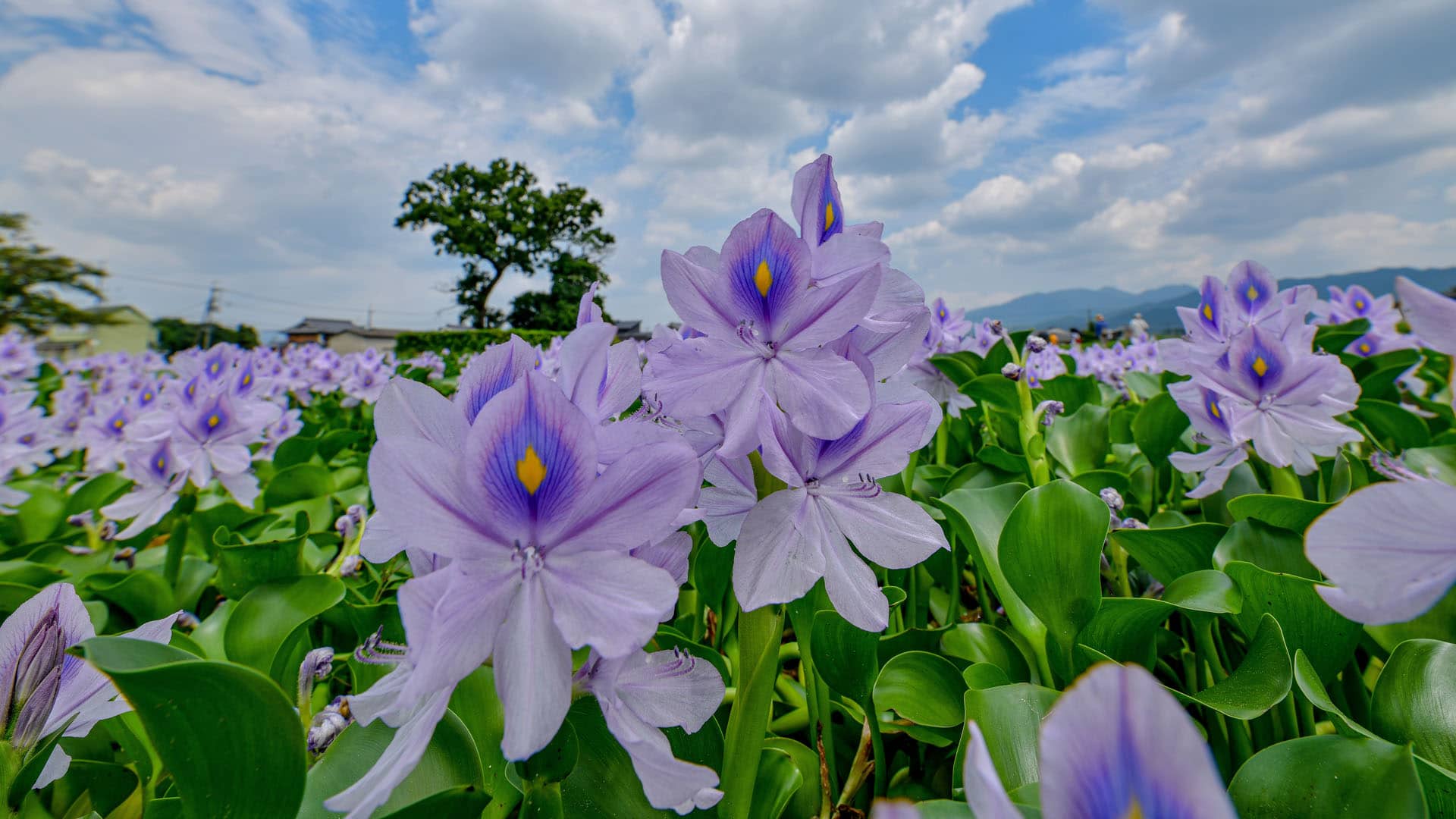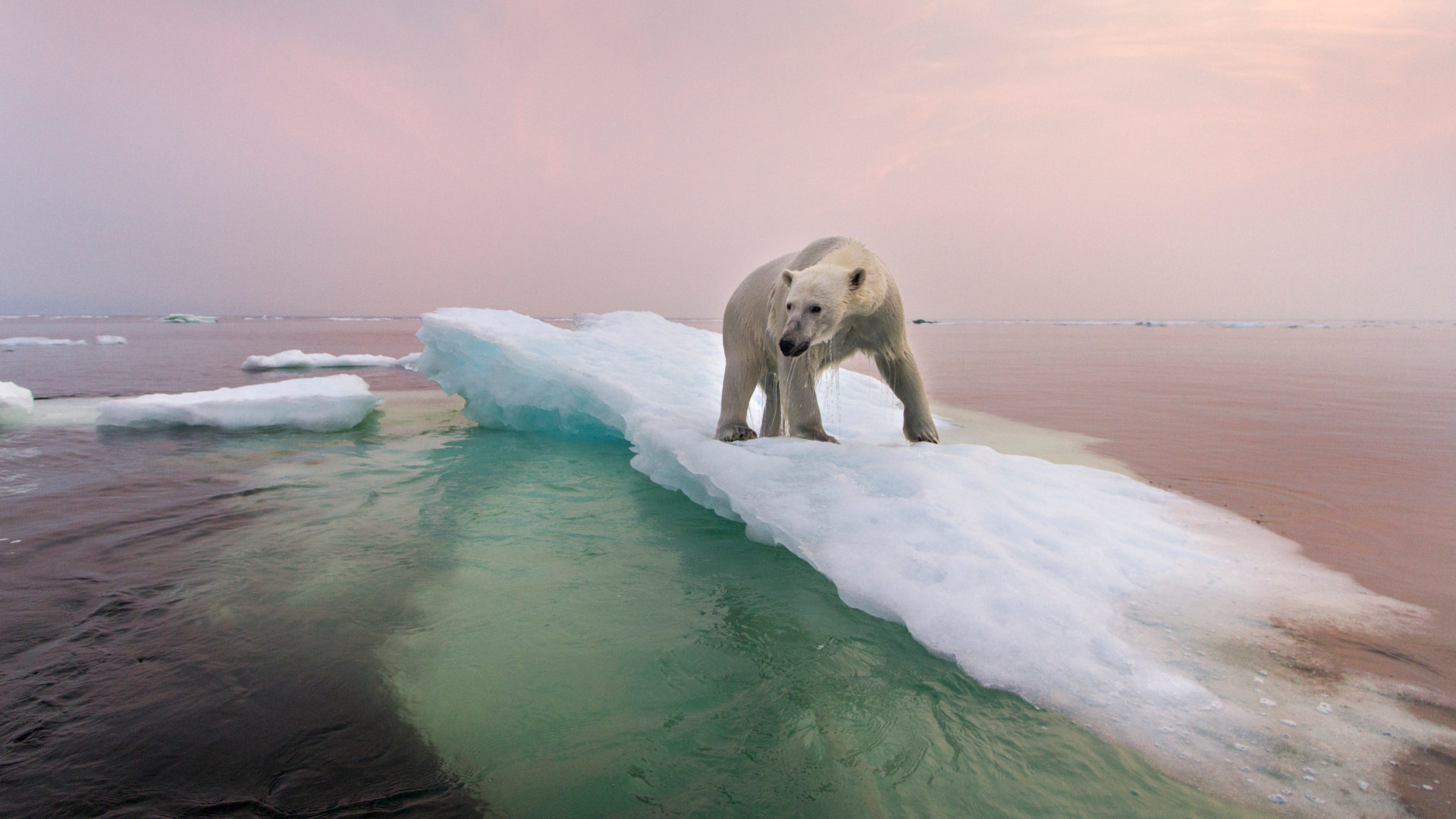In typical elementary school plays, if you don’t land the lead or a supporting role you may instead be cast as a flower or tree — costumed and face-painted but mute, immobile, part of the scenery. In Italian botanist Stefano Mancuso’s “The Incredible Journey of Plants,” however, it is the shrubbery that takes center stage as the stars of the show.

BOOK REVIEW — “The Incredible Journey of Plants,” by Stefano Mancuso (Other Press, 176 pages).
Mancuso, a neurobiologist and professor of plant science at the University of Florence, has devoted himself to elevating the intelligence of plants, which he argues humans tend to dramatically underestimate. In his new book, translated by Gregory Conti and carpeted with watercolors by Grisha Fischer, he presents numerous specimens of plant evolution, detailing surprising adaptations that have benefited these species against all odds.
The book suggests that paying closer attention to weeds and quiet green things can raise fundamental questions about what it means to be human, and explain where climate change and fiddling with the environment is leading us, and our interconnected relationship to life on the planet. Mancuso offers no answers, stressing instead how plants are fascinating in their own right, and this book will likely charm amateur and expert botanists alike.
If we view plants outside of an “animal filter,” he writes, their stupendous qualities will start to emerge. Their uncanny intuition to survive at all costs includes adaptations such as hitchhiking seeds or the “explosive dispersal” of the aptly named “dynamite tree” (Hura crepitans) that can shoot fruit capsules up to 330 feet. Plants can even thrive after disasters like the Chernobyl nuclear accident, and some species have been brought back from dormancy thousands of years later because of their well-preserved seeds.
Mancuso even expresses his admiration for invasive species like fountain grass or water hyacinth, which have, thanks to human activity, adulterated much of the planet, outcompeting and threatening the local vegetation they push aside. The evolutionary persistence of these weeds makes them the “native flora of the future, just as the invasive species of the past are a fundamental part of our ecosystem today,” he writes. And for that reason, in spite of their destructive habits, their intelligence is captivating.
“True globalization,” Mancuso writes, “has existed forever in nature. For plants, fortunately, tariffs, borders, travel bans, and barriers are meaningless concepts.”
Each chapter contains a series of vignettes centered on a special adaptation. Some are cast as whimsical fables, others as murder mysteries. In taking this inventory of strange flora we are given a tour of the globe, from the ancient Israeli fortress Masada and Campbell Island, slightly north of Antarctica, to the arid dunes of Ténéré in the Sahara and the site of the Hiroshima bombing.
In a way, plants are the ultimate spies, able to camouflage and infiltrate enemy lines, sending complex chemical signals scientists are only just beginning to decode — such as ultrasonic squeals certain plants make when stressed, which some scientists believe could be distress signals. When attacked, some sweet potatoes release potent chemicals that prompt nearby plants to spread defensive proteins that make them harder to chew.
Other plants are remarkable for their immobility. Take coco de mer, or sea coconut, a palm tree found only on two islands in the Seychelles archipelago in the Indian Ocean. The fruit of this endangered tree yields the world’s largest seed, resembling a pair of robust hips or a female pelvis, hence its former name Lodoicea callipyge for callipygian, or “beautiful buttocks.”
This suggestive feature of the nut inspired legends, such as a being an indiscriminate antidote to poison, but it has long stumped scientists, who couldn’t understand why the fruit and seeds are so massive. Now known as Lodoicea maldivica, the sea coconut, whose seed can weigh over 40 pounds, grows in a nutrient deficient environment, its soil devoid of much sustenance. Yet the plant invests huge amounts of energy to produce these bulging nuts and the large phallic catkins that male trees use to blast pollen into the air.
In 2015, researchers solved the mystery: the sea coconut’s oversized, fan-folded leaf blades compose “an almost perfect funnel,” which directs rainwater directly to the base of the tree. This stream drags with it animal feces and rotting vegetable matter, which the palm recycles, creating soil high in nourishing nitrates and phosphates.
As for the seeds, they actually aren’t meant to drift far away from their parents, as in the case of many plants. By producing bulky fruit, the tree ensures its offspring will remain close by, where the dirt is filled with life-giving minerals. Mancuso describes this as a form of “parental care,” an idea not readily associated with plants but, he maintains, “is more widespread than is commonly believed.”
Many plants do act like parents, such as adult trees that feed light-starved saplings via underground fungal networks. This kind of relationship goes largely unnoticed by humans, who may think of trees as little more than carbon-gobblers. Mancuso’s account offers another way of seeing, one that can reveal the supremacy of flora. They will be here long after we’re gone, and in the meantime, we couldn’t get by without them.
In fact, humans play pivotal roles in many of Mancuso’s narratives. We help scatter the seeds of invasive plants like Sahara mustard while contributing to the extinction of around 600 species of plants that have vanished since the 18th century.
Humans have also rescued plants from the brink of extinction. Mancuso presents evidence, for example, that the large seeds in avocados were originally meant to pass through the digestive tract of colossal creatures like giant ground sloths, mastodons, armadillos the size of Volkswagen Beetles and more — all animals now extinct, likely thanks to humans.
The avocado tree would likely have gone the way of the woolly mammoth, but humans fell in love and today there are more than 570,000 acres of avocado trees in Mexico alone. Nonetheless, humans risk undoing this feat, Mancuso says, by cultivating seedless avocado varieties, which are slowly becoming popular.
“Once it has been deprived of the possibility to produce seeds, a plant is no longer a living being, but a simple means of production in the hands of the food industry,” Mancuso writes. “The genetic diversity of the species vanishes, and the same few individuals are propagated millions of times. A parasite or a disease that strikes one of these individuals is able to strike all of its clones.”
Banana farmers at the beginning of the 20th Century made this mistake by over-relying on a single cultivar, the Gros Michel banana. Because of the low genetic diversity of this variety, the fruit was highly susceptible to Fusarium wilt, a lethal plant disease that is difficult to treat.
By the 1950s, thousands of acres of Gros Michel were wiped out by this fungal pathogen, forcing farmers to switch to Cavendish bananas, which are found in most American stores today. These too are threatened by Fusarium wilt. A team of Dutch and Indonesian researchers described the Gros Michel annihilation as “one of the worst plant epidemics of all times,” and noted, “The risk of global monocultures is evident.”
The same vulnerabilities could present themselves in a world of seedless avocados or other agricultural treasures, Mancuso warns. No more avocado toast or chips and guac. Bananas, too, could go the way of the dodo.
Thus it benefits us to pay closer attention to plants and their relationships, not only to us, but to other animals, vegetation and fungi, even the soil and water around them. Plants may provide many amusing anecdotes throughout their engrossing and inventive evolution, which are delightful in their own right, but they also have much to teach us about ourselves.
Troy Farah is an independent journalist from Southwest California. His reporting on science, drug policy, and public health has appeared in Wired, The Guardian, Discover Magazine, Vice, and others. He co-hosts the drug policy podcast Narcotica. Follow him on Twitter @filth_filler












Comments are automatically closed one year after article publication. Archived comments are below.
Great book review!